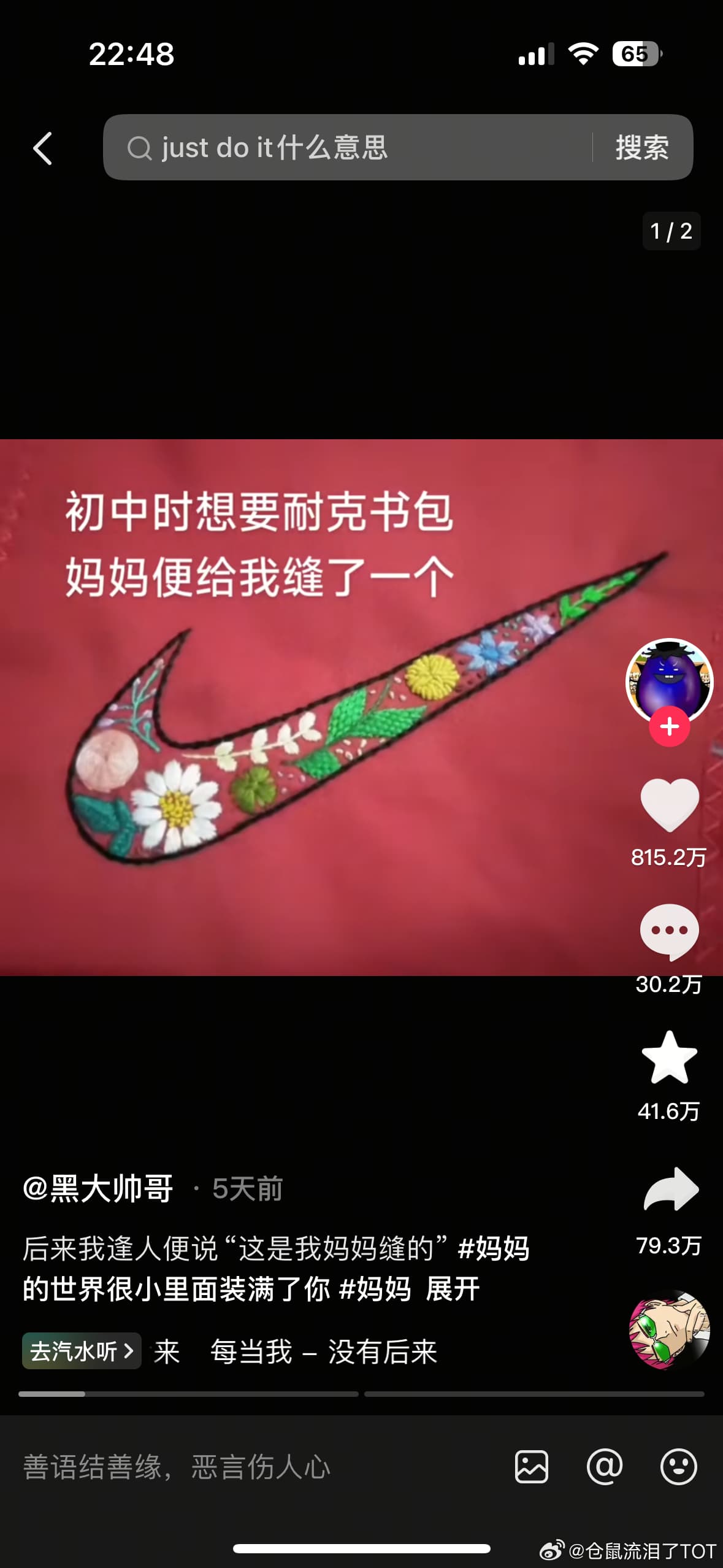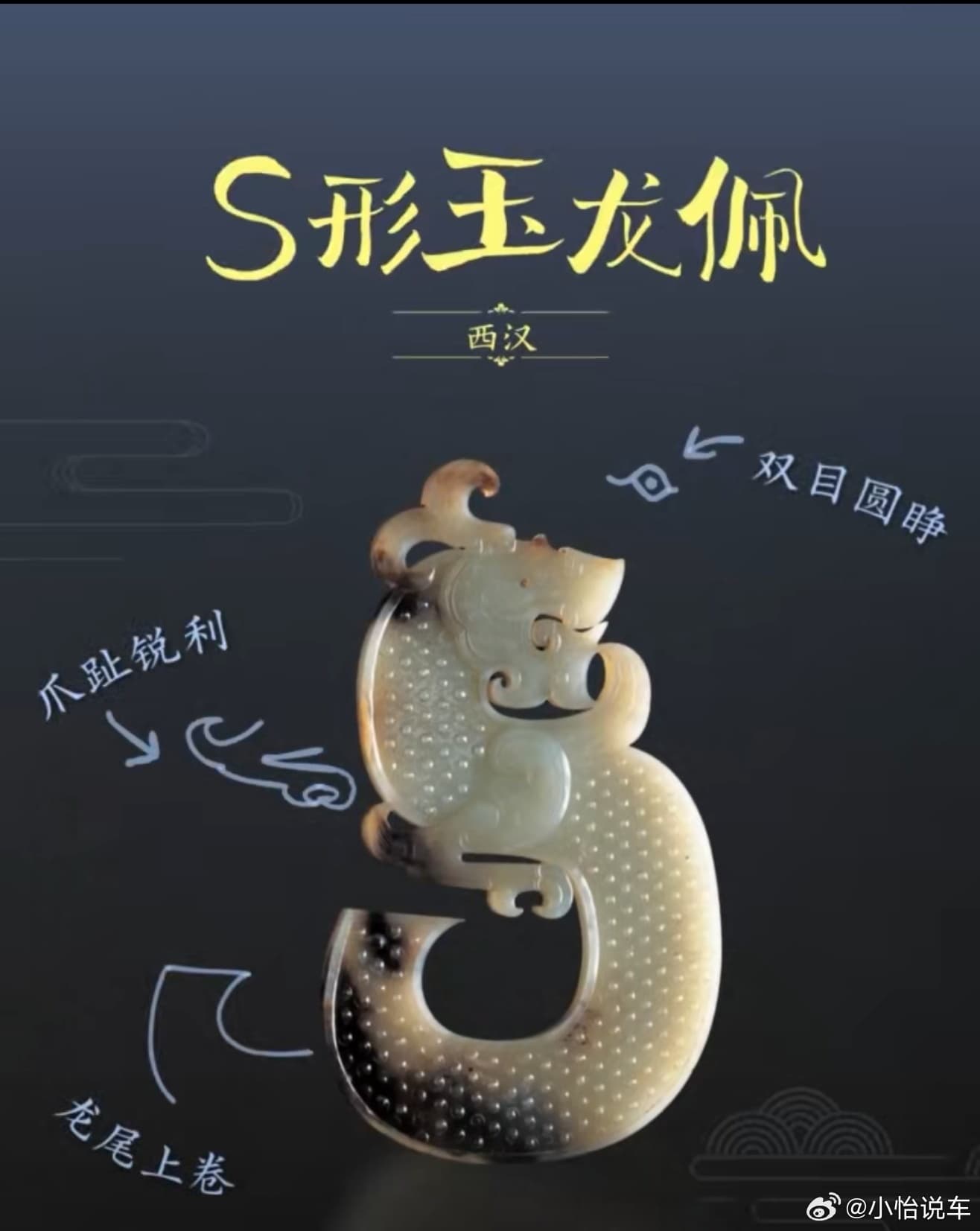Unveiling the Quintessence of Qingming: A Fusion of Three Ancient Festivals
As the last wisps of winter dissipate, China welcomes the arrival of spring with the Qingming Festival, a traditional holiday that embodies the nation's rich cultural heritage. This unique festival, which falls on the 15th day after the spring equinox, is the only traditional Chinese holiday that coincides with a solar term. But few people know that Qingming Festival is, in fact, a blend of three separate festivals: Qingming, Hanshi (Cold Food) Festival, and Shangsi (Upper Si) Festival. This fusion of traditions has created a distinctive celebration that honors ancestors, ushers in the warmth of spring, and showcases the country's fascinating cultural evolution.

3 April 2025
The Qingming Festival's history dates back to the Han Dynasty, when it was merely a solar term. It wasn't until the Tang Dynasty that it slowly transformed into a full-fledged festival. Over time, the festival seamlessly integrated various customs, including the tradition of tomb-sweeping from the Hanshi Festival and the ritual of purifying and cleansing from the Shangsi Festival. The famous Tang Dynasty poet Wang Wei wrote in his poem "Hanshi City East," "Young people divide their days to go on outings, no need to combine Qingming with Upper Si." As the festival evolved, the ritual of purifying and cleansing gave way to spring outings and sightseeing, while tomb-sweeping became an integral part of the national etiquette, eventually merging with the Qingming Festival.
The evolution of Qingming Festival is a fascinating story that spans centuries. Originally, "Qingming" was simply a term used to describe a specific solar period, one of the 24 solar terms in the traditional Chinese calendar. This period, which typically falls on April 4th or 5th, marks a time when the weather is usually clear and bright, with everything in nature coming into full view. As early as the Han dynasty, the concept of Qingming existed, but it wasn't until the Tang dynasty that it began to take shape as a distinct festival. Over time, Qingming Festival absorbed elements from two other traditional Chinese festivals: Hanshi Festival, which involved abstaining from cooking and eating cold food, and Shangsi Festival, celebrated on the first day of the third month of the lunar calendar, which involved worshiping ancestors and deities.
The traditional customs of the Qingming Festival include tomb-sweeping, ancestor worship, and spring outings. These customs have been passed down for generations and are still observed today. The festival is a time for people to pay respects to their ancestors, visit their tombs, and tidy up the gravesites. This tradition is not only a way to show respect for one's ancestors but also to promote family unity and cultural heritage. In addition to tomb-sweeping, the Qingming Festival also includes the custom of purifying and cleansing oneself through water, which is often performed on the third day of the third month of the lunar calendar. The festival is also a time for spring outings and leisure activities, such as kite-flying, tug-of-war, and Chinese chess, which provide an opportunity for people to relax and have fun while promoting social bonding and community building.
As we delve into the significance of Qingming Festival in modern times, it becomes evident that this traditional Chinese holiday has evolved to encompass a rich tapestry of cultural values and meanings. The festival has become an integral part of China's cultural heritage, with its inclusion in the national intangible cultural heritage list in 2006 and its establishment as a public holiday in 2007. The festival's significance extends beyond its historical and cultural importance, as it also plays a vital role in shaping Chinese identity and fostering a sense of national pride. The festival's emphasis on honoring ancestors and visiting tombstones serves as a poignant reminder of the importance of remembering and learning from the past, while also cherishing the present and looking towards the future. The festival's association with the arrival of spring and the renewal of nature has imbued it with a sense of hope and rejuvenation, reminding people of the cyclical nature of life and the importance of living in harmony with nature.
In conclusion, Qingming Festival has evolved into a multifaceted celebration that embodies the complexities and richness of Chinese culture. Its modern significance extends beyond its historical origins, encompassing a wide range of cultural, social, and environmental values that continue to resonate with people in contemporary China. As a testament to the country's enduring cultural heritage, Qingming Festival remains an integral part of China's national identity and a powerful symbol of its people's connection to their past, present, and future.
Comments
Share this article
Related Articles

Mother’s Hand‑Stitched Nike Backpack Goes Viral, Showcasing Love, Craftsmanship and Brand Authenticity in China
By Trending on Weibo
Culture
15 Sept 2025

China’s “National Treasure Highlights” Campaign Turns Heritage Into Global Soft‑Power and Consumer Brand】
By Trending on Weibo
Culture
13 Sept 2025

Mystery Meme: Unraveling China’s “Dissected 14 People, Crumbled by a Letter” Phenomenon】
By Trending on Weibo
Culture
8 Sept 2025

Chinese Netizens Turn Blood Moon Into Viral “Too Abstract” Meme
By Trending on Weibo
Culture
8 Sept 2025

From Song Dynasty Verse to 2024 Drama: The Enduring Echo of “Rain‑Laden Bells” in Chinese Culture
By Trending on Weibo
Culture
8 Sept 2025

